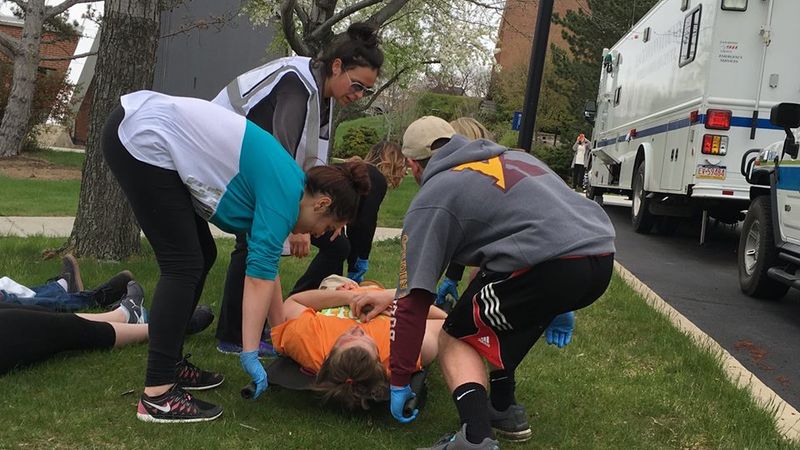Disaster drill on campus prepares nursing students for real-world medical challenges
PSWS Nursing Instructor Linda McAndrew organized a mock disaster drill for students in the campus' nursing program. Nursing students and faculty, area emergency personnel, first responders and even campus alumni participated.
By: Kelly Frey


